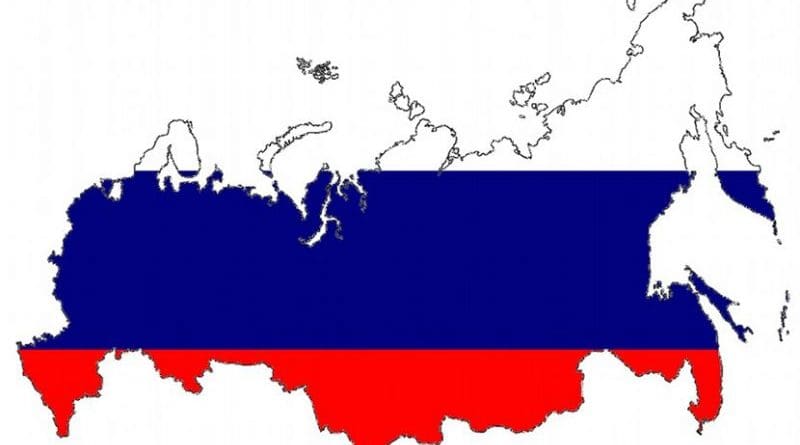Russia Drafts Strategy For Low-Carbon Development
Russia’s Ministry for Economic Development last week published a draft strategy for low-carbon development to 2050. The strategy’s basic scenario would see nuclear output grow from 203 TWh in 2017 to 225 TWh in 2030 and 260 TWh in 2050.
The ministry said the strategy, which is open to comments until 10 April, is aimed at ensuring the country’s transition to a trajectory of diversified economic development characterised by low levels of greenhouse gas emissions. According to Reuters, Deputy Minister of Economic Development Mikhail Rasstrigin said the document is the first comprehensive attempt of the federal government to do this. “Importantly, it sets specific goals for the key areas where the bulk of energy efficiency effects could be reaped,” he said. Those areas are: industry, buildings, energy generation and transport.
The draft strategy focuses on two main scenarios for low-carbon development: a “basic” scenario and an “intensive” scenario. Under the basic scenario – which the strategy deems to be the most feasible – the carbon intensity of Russia’s GDP will reduce by 9% by 2030 and 48% by 2050 (relative to current levels). Target greenhouse gas emissions in 2030, although higher than today, would be lower than 1990 emissions by one third. This would be achieved through measures including large-scale increases in energy efficiency, the introduction of a carbon price, the development of nuclear and renewable energy, reductions in clear-cutting of forests and an expansion of protect forest areas.
The intensive scenario would allow Russia to achieve carbon neutrality in the second half of the 21st century. In addition to the measures in the basic scenario, it would include efforts to reduce the carbon intensity of manufactured goods, energy, works and services. This would be through steps including the large-scale electrification and digitalization of transport and industry; an increase in renewable energy; the introduction of technology to capture, store and process carbon dioxide, a halt in clear-cutting of forests and further expansion of forest protection.
Russia is a party to the 2015 Paris Agreement, under which parties to the UN Framework Convention on Climate Change agreed to develop long-term, low-emission development strategies. Under the agreement, all parties are required to put forward nationally determined contributions (NDCs) which embody efforts by each country to reduce national emissions and adapt to the impacts of climate change. Russia has yet to submit its first NDC.

